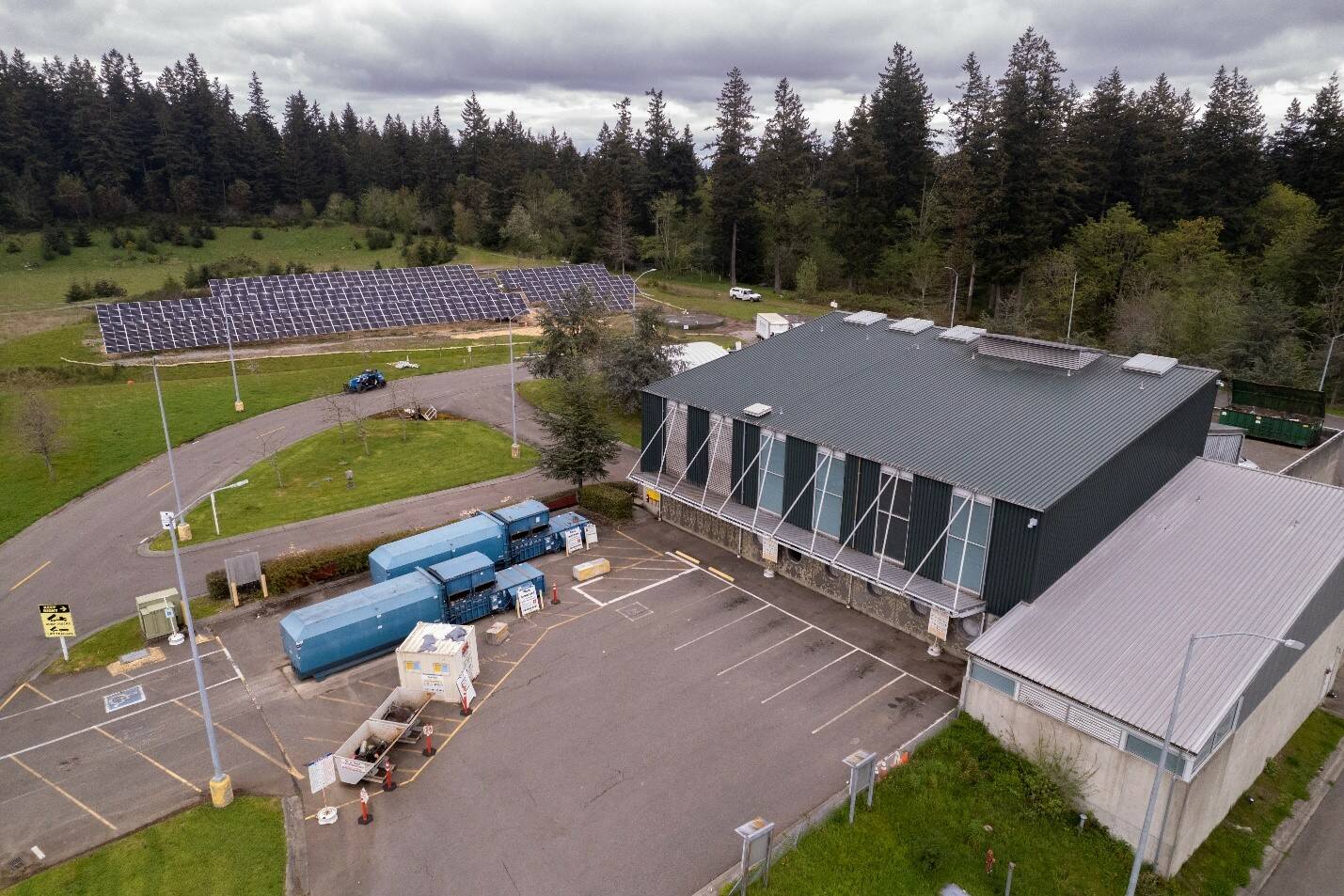April 22, 2025 is the 55th annual Earth Day, with the international theme “Our Power, Our Planet” — shining a spotlight on renewable energy.
We need power to survive and thrive on our planet, and we need more of it every year due to changing technologies and growing populations. The three pillars of this year’s program are power, people and planet. The much-needed transition from fossil fuels to renewable energy makes sense in so many ways — including economy, efficiency, environment and health.
Fossil fuels, which currently provide a majority of humanity’s energy (84% in the U.S.), are the primary sources of carbon dioxide, methane and other greenhouse gas emissions. They contribute directly to global warming, the climate crisis and widespread environmental degradation.
In addition, fossil fuel pollution directly kills an estimated 5 to 10 million people per year, based on several studies, and is linked to severe human health problems and suffering, including heart attacks, respiratory disorders, strokes, asthma and cancers. A paper published in the Natural Resources Defense Council estimates that the health costs of air pollution and climate change in the U.S. exceed $800 billion per year.
Clearly, the current use of fossil fuels for energy is both unsustainable — because it uses finite resources that will eventually run out — and unwise, due to the extremely harmful effects of fossil fuel energy to human, ecologic and planetary health systems.
In contrast, renewable energy can provide cheaper, more efficient and sustainable electricity, doesn’t contribute as much to climate change, and is better for humanity and the planet. As an example, only 17-20% of the energy in gasoline is used to move a vehicle, whereas 75-86% of the electricity delivered in electric vehicles goes into motion.
The Earth Day 2025 goal is to triple renewable energy generation by 2030. This goal may sound ambitious. However, solar, wind, hydroelectric, geothermal and tidal energies can collectively meet this challenge, thanks to wind and solar energy now being cheaper than fossil fuel energy. And we’re making progress: Renewable energy in the U.S. accounted for 25% of all electricity generated in 2023!
According to the Washington State Department of Commerce, 73% of Washington’s energy production comes from renewable sources. Our state produces twice as much energy as it consumes and a quarter of all U.S. hydroelectric power.
Sadly, much of the hydroelectric power comes at a cost to salmon and other ecosystem elements, and those environmental costs warrant careful re-evaluation of our hydroelectric system. The best locations for hydroelectric systems are at natural waterfalls or stream breaks in the flow where fish are otherwise not able to migrate upstream.
On Vashon, solar is an important renewable energy source, especially during our long summer days. We have doubled both the number of solar installations and the total solar electric production in the last five years, now with 500 installations. Nevertheless, we need to do better to meet this tripling renewable energy goal.
Island-generated solar electricity is approximately 5,000 megawatt-hours per year, about 1/20th of the total island electricity use of around 100,000 MWh/yr. Solar systems typically take 9-15 years to pay for themselves, so it also makes economic sense in the long run. More government policy changes are needed to spur solar system development.
So what is the island’s total energy use? We do not have a complete picture, but in 2002 island scientist Rita Schenck and her team at the Institute for Environmental Research and Education estimated the island’s energy breakdown as follows: Electricity: 30%; diesel: 25% (mostly from ferries); gasoline: 18% (island gas stations only); natural gas (methane): 13%; fuel oil: 6%; propane: 3%; firewood: 3; and landfill gas: 1%. (Island solar production wasn’t included in the analysis,.)
That was a total of 1,188,460 MMBtu or “million British thermal units” in 2002. For comparison, the average U.S. residential energy consumption per capita in 2022 was about 59 MMBtu.
The island has no potential economically-viable high temperature geothermal resources, due to being located in a “fore-arc basin” — or a subduction zone caught between an oceanic trench and the Cascade volcanic arc — which means we don’t benefit from the Cascade’s high heat flow. Nevertheless, ground source heat pumps are a viable geothermal energy solution for the island, and several residents currently use them to heat their homes along with rooftop passive solar systems for heating water.
A nice community example of that technology is Whisper Valley outside Austin, Texas, where more than 3000 homes will use ground source heat pumps for winter heating and summer cooling. These systems are most economical when installed during the building phase, and could be ideal for future affordable housing projects on the island.
Vashon and Maury islands lack large enough streams for significant hydroelectric generation, due to our limited topographic relief, minimal rainfall and migrating salmon. If we want to pursue renewable energy on the island to replace fossil fuels and become more self-sufficient, a combination of solar, wind, and geothermal seem to be the best prospects to account for our seasonal variations of sun and wind.
So let’s celebrate Earth Day number 55 by working toward this goal of tripling renewable energy generation before Earth Day number 60 is upon us. Note that the island’s energy numbers cited above are only a fraction of our total environmental footprint, and do not include the energy needed to produce and transport all the items we consume on the island. Reigning in our consumption is a good way to celebrate Earth Day, and every other day as well!
We are interested in your ideas on how to best achieve the Earth Day 2025 renewable energy goal, so please let us know. And thank you for doing your part in working toward a healthier and sustainable island and planet.
Steve Bergman is a geologist, Zero Waste Vashon board member and Whole Vashon Project advisor.


